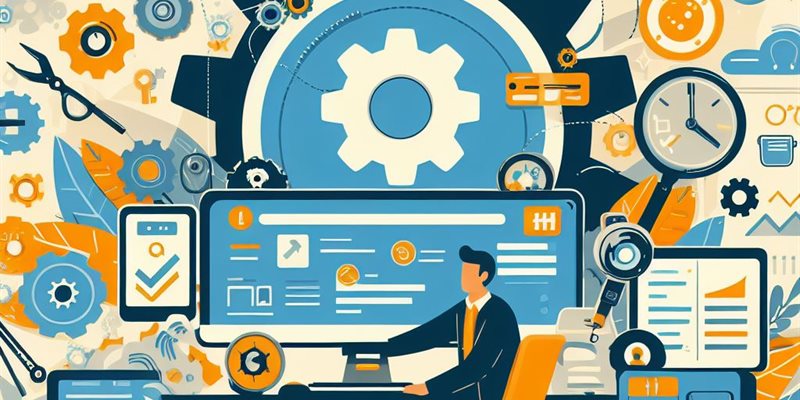Have you ever wondered why, despite all the advancements in technology and management strategies, some IT service desks still struggle to hit their stride? It's easy to get caught up in the day-to-day task and constant business changes. However, this rush leads to fundamental mistakes that can ruin your IT service desk implementation. Let's dive into the top five mistakes in ITSM and explore how to avoid them.
Overlooking the User Experience
Sometimes the most expensive or complex service desk isn’t the answer, don’t overlook a critical component: the user experience. Remember, the primary goal of any IT service desk is to resolve issues efficiently and improve user satisfaction. A common mistake is focusing solely on technical metrics while neglecting user feedback. For instance, a service desk might boast about quick resolution times, but if the process is cumbersome for the user or technician, satisfaction will plummet. If you team and end user can’t easily use or configure the service desk they may avoid using it all together or come up with work arounds to the system.
Solution:
- Regularly gather user feedback through surveys and direct communication.
- Create process that are simple and user friendly.
- Train your team to be empathetic and user focused.
- Make sure you team also has a good user experience.
Underestimating the Power of Proper Training
No matter the technology used your service desk is only as good as the team running it. Often, organizations fail to invest adequately in training their IT staff, leading to a knowledge gap. Ongoing training, and training for new employees is a must as technology is constantly evolving. Lack of knowledge can result in slower resolution times and increased user frustration, especially when dealing with complex systems or new technologies.
Solution:
- Invest in continuous training and professional development for your IT staff.
- Encourage certifications and upskilling in the latest ITSM tools and practices.
- Foster a culture of knowledge sharing within the team.
- Leverage services as part of a new service desk implementation, ensuring proper setup and training.
Neglecting the Significance of Clear Communication
Technology is great for many things, but it can never really replace human interaction. As a solutions consultant specializing in Endpoint Systems Management, I can't stress enough the importance of clear communication in working with your team. Everybody wants to feel heard, miscommunication can cause many problems, misdiagnosed issues, repeated work, and user dissatisfaction. Whichever solution you have should help facilitate communication, but remember communication is a people problem not a technology problem.
Solution:
- Implement clear and concise communication standards.
- Use layman's terms when communicating with non-IT personnel.
- Regularly update users on the status of their requests or issues.
Failing to Align IT Services with Business Goals
ITSM is not just about fixing technical issues; it's about aligning IT services with the broader business objectives. A common mistake is operating the IT service desk in a silo, disconnected from the overall business strategy. This misalignment can lead to inefficiencies and missed opportunities for supporting business growth.
Solution:
- Regularly review and align IT services with the organization's strategic goals.
- Involve IT leadership in business planning and decision-making processes.
- Ensure IT initiatives support and drive business objectives.
Ignoring the need for Scalability and Flexibility
Business needs and technology change faster today than ever. Make sure the IT service desk is scalable and flexible to adapt to changing demands. Often, ITSM setups are rigid, making it difficult to scale up. This inflexibility can lead to bottlenecks and hinder the organization's ability to respond to new challenges.
Solution:
- Choose ITSM tools and processes that are scalable and can grow as needed.
- Plan for future growth, will other departments need to use the platform.
- Review and update ITSM strategies on a quarterly or yearly interval to ensure they remain agile and adaptable.
Conclusion
Avoiding these common mistakes in ITSM is crucial for running an effective and efficient IT service desk. By focusing on user experience, investing in training, prioritizing clear communication, aligning with business goals, and ensuring scalability and flexibility, you can run your IT service desk at peak performance. Remember, the goal is not just to manage IT services but to enhance them in a way that propels your organization forward. So, are you ready to take your ITSM to the next level? If so please take a look at KACE.



